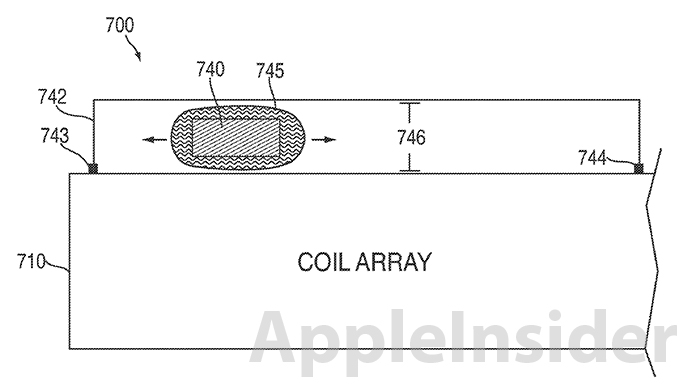Apple Patents ‘Shake To Charge’ Technology
The U.S. Patent and Trademark office has today published a new patent granted to Apple revealing how the company has been exploring the possibilities of ‘shake to charge’ technology.
Traditionally, shake to charge technology uses a configuration that features a large copper coil that moves around a stationary magnet. As you know from physics, when a wire cuts across the field lines of a magnet, a current is generated in the wire.
Shake to charge uses kinetic energy to generate electricity on a fairly small scale. The technology feature already in low powered devices such as torches and radios.
In this configuration for example, the coil inside the torch moves around the stationary magnet, generating electricity. As you can see, this technology is pretty bulky, not ideal for a device a sleek as the iPhone.
That’s where this patent comes to life. The men in white coats over at Apple have reversed this technology, so that it incorporates a magnet moving across a set of stationary coils.
The invention actually proposes printed coils, a much flatter configuration, Apple claims that coils can be formed in the same way that circuit boards are printed, making for a much smaller form factor.
This design would be much more favorable in a device such as the iPhone or an iPod. The kinetic energy that comes from shaking the device, is converted into electrical energy as the magnet moves across the coils, inducing a current in the wires.
Right now, the power demands of these devices is too great to be satisfied by this technology alone, and so it would still require input from an external power source, i.e. a wall socket.
However, as we move into the future, Apple’s devices may one day be able to run on power generated in this manner. Remember, this isn’t limited to the vigorous shaking of one’s iDevice, the simple motion of walking, and definitely running, would certainly contribute to the cycle.
Is this the direction Apple should be heading in to make its devices wireless? Or is their a better way? Leave your comments below!


